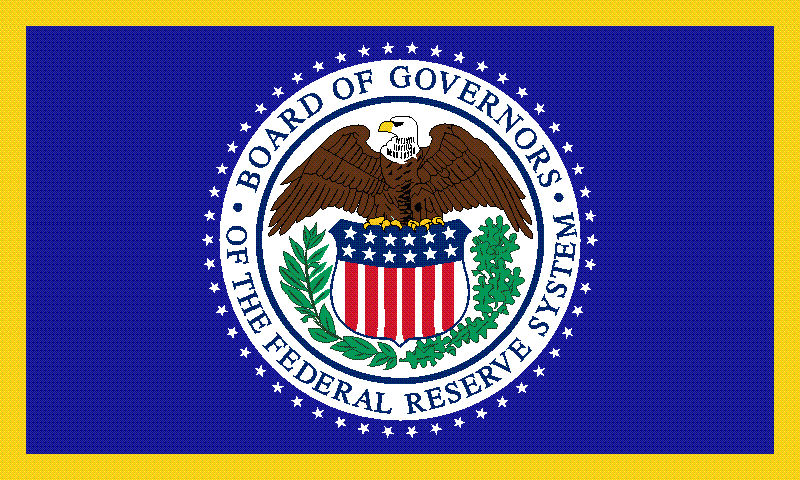Inflation is one of the major known risks for retirees or those approaching retirement. Even when low and stable, inflation can substantially reduce the purchasing power of a nest egg over long periods of time. But low and steady inflation is easier to plan for. When inflation is unusually high, however, it can create additional risks for anyone relying on a portfolio to generate income. Unexpected inflation can lower the real return (after adjusting for inflation) that investors can expect to earn on their investments, and can exacerbate what is known as sequence risk. Sequence risk refers to the oversized effect that lower than expected returns in the first five to ten years in retirement can have on the ability of a portfolio to generate income for long periods of time, like common retirement horizons of 25 years or more.
Sustainable Income
The chart below shows the amount of income that can be sustained over 30 years from a portfolio with a value of $1 million at the beginning of the 30-year period. The portfolio is assumed to be invested in a blend of 60% stocks (represented by the S&P 500) and 40% in bonds (represented by one-month T-bills). For example, someone retiring in 1990 with a $1 million could have sustained an income of $64,000 the first year, and the same amount adjusted for inflation each year after that, for the next 29 years. This, using historical returns and assuming the portfolio value is drawn down to zero at the end of the 30 years. In the Figure, the same calculation is performed over all the 30-year periods available between 1871 and 1992 (the 1992 period includes the 30 years between 1992 and 2021).
Figure 1: Maximum Sustainable Income (1871-2021)
Source: Maximum withdrawal rate from DESMO Wealth Advisors, LLC calculations using a line-search algorithm. Historical data from Rober Shiller from 1871 to 1925, and Ibbotson data from Dimensional Fund Advisors since 1926.
There is substantial variation in the amount that can be sustained over 30 year periods. For the period starting in 1960 (1960-1989), the initial income would have been $48,000, while for the period starting in 1980 (1980-2009), the initial income would have been $79,000. Across all 30 year periods, the range of sustainable income goes from approximately $40,000 to $99,000, while the median value is $63,000, and the 25th percentile is approximately $50,000.
The Effect of Inflation and Sequence Risk
Higher than expected inflation can lower the expected returns of a portfolio. While stocks tend to outpace inflation, the amount by which they do so is lower, on average, in periods of higher inflation. This means that the real return, after adjusting for inflation, tends to be lower. Our research shows that if a higher-inflation, lower-return scenario occurs in the first five to ten years of retirement, the level of sustainable income over the full 30-year period declines. This pattern can be seen in our Figure. The maximum sustainable withdrawal tends to be lower in the ’60s and ’70s when inflation was high, and only increased again in the ’80s and ’90s as inflation declined.
Further, consider breaking all the 30-year periods into two groups, a low inflation group, where inflation in the first 10 years averages less than 3%, and a high inflation group, where inflation in the first 10 years averages more than 3%. The median sustainable income is $67K for the low inflation group, while $57K for the high inflation group. Similarly, the 25th percentile is approximately $55K with low inflation and $46K. The lower end of the income distribution of $40K occurs in 1966 when inflation over the first 10 years averages 5.6% per year.
What can you do?
For investors that rely on a portfolio to generate income (like retirees and endowments), it is important to adopt spending rules with some built-in flexibility. For example, if you planned to spend 5% of your initial portfolio value, adjusted for inflation every year ($50K for a $1 million portfolio), you may want to reduce that rate to 4.5% currently, at least until inflation has subsided. You may then increase your withdrawals gradually if inflation does subside or portfolio returns are better than expected. A good way to manage sequence risk is by adopting a goals based plan.
However, what a sustainable withdrawal rate should be is unique to each investor or household. For example, someone with a defined benefit plan or that is receiving Social Security benefits, may have a large portion of their necessities covered with stable and inflation-adjusted income, so sequence risk is less of a problem. In contrast, someone who retires at age 62 and plans to delay Social Security benefits to age 70 faces eight “bridge” years during which the portfolio may have to be relied on heavily for income. In addition, the composition of the portfolio from a tax perspective (taxable vs. tax-deferred vs. tax exempt) can affect that rate too. So the best thing to do is to work with a trusted advisor to create a plan that addresses inflation and sequence risk in the context of a comprehensive withdrawal strategy.
If you haven’t retired yet, one adjustment you can make is to adopt a 1-2-3 action plan: plan to retire one year later (if you haven’t retired yet), increase savings by 1% for the next two years, and reduce planned spending in retirement by 3% of what you have budgeted. Small changes can have a large impact over long periods of 25-30 years.
In terms of investments, I-bonds, TIPS, and other inflation-protected bond funds should be a sizable portion of the fixed income portfolio for retirees. Look for funds that offer exposure to investment-grade bonds or muni bonds that hedge inflation with inflation swaps.
***
We don’t know what stock returns will be like over the next five to ten years. Returns can vary for many different reasons, and inflation is only one of them. However, as long as inflation is higher than average, history suggests that a more conservative approach to spending, some flexibility in your plans, and some protection against inflation in your portfolio are all good strategies to help you reduce its impact on your sustainable income.
Until Next Time!
Massi De Santis is an Austin, TX fee-only financial planner and founder of DESMO Wealth Advisors, LLC. He is also a lecturer of finance and economics at Texas State University. DESMO Wealth Advisors, LLC provides objective financial planning and investment management to help clients organize, grow, and protect their resources throughout their lives. As a fee-only, fiduciary, and independent financial advisor, Massi De Santis is never paid a commission of any kind, and has a legal obligation to provide unbiased and trustworthy financial advice.


